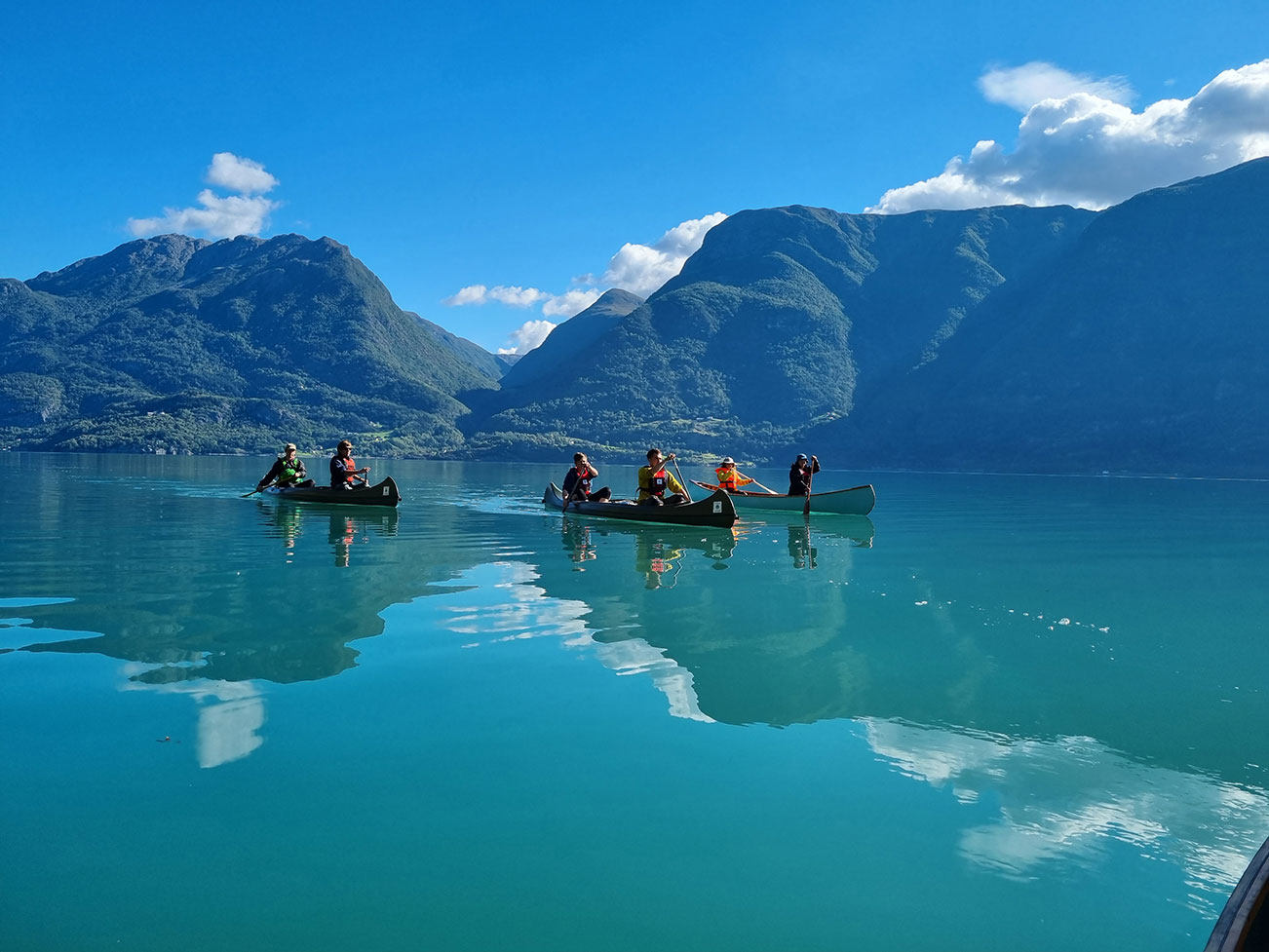Already thinking about all the adventures, new friends and knowledge you will discover while you are on path? It’s soon time for you to pack your backpack and grab your compass, but before you do, we have some safety information for you!
Temperature and weather
In Norway, the summer temperatures range from 12–18°C. On hot days they can reach the high 20°s and even 30°s; and on some days temperatures can even go lower than 10°C. The temperatures, however, depend highly on where you go. In mountainous regions, there is a cooler climate and the weather can change fast. In the West or in Trøndelag (central Norway) the weather can be more unpredictable, whereas in the Eastern and Southern regions of Norway it is somewhat more stable. It rains more often on the coast, in-land areas are usually drier. While drought periods can occur, water is still usually found in streams and lakes.
There’s a possibility of wildfires occurring in the summer months due to the warm and dry weather. But no need to worry! Roverway and all the paths will follow the local and national guidelines for situations like these and there are well-planned safety plans in place.
You can make use of the weather forecast to have some guidance and prepare in advance for the weather conditions you may expect to experience. Thunder and lightning can be common in the summer months, and all paths that have a chance for these occurrences will be prepared accordingly.
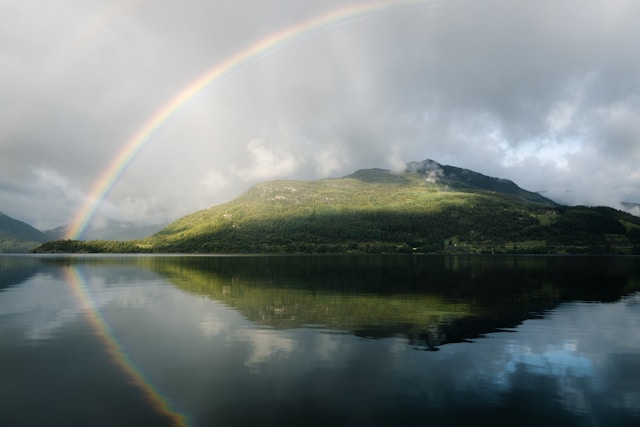
Animal life
Though there aren’t many dangerous animals in Norway, you should be considerate of the following:
Ticks
Ticks are small insects that can carry infections. We advise you to wear clothes that cover your legs when walking through forests and bushes. You might even want to stick your pants into your socks, for extra precaution! At the end of each day, it is important to check yourself and your group members for any ticks and remove them, if necessary. Make sure to remove the tick the right way (or ask for help, if need be) and to keep an eye on the spot to see if it turns red. Should this be the case, contact your path leader (Roverway Emergency number if you can’t reach your path leader) and they will call the doctor for you. (+47 116 117).


Vipers
In Norway, there is a single type of poisonous snake, which is the viper. It is easily recognisable by its zigzag pattern. Being bitten by a viper is very rare, but should that be the case, inform your path leader and they will contact the emergency number (+47 116 117) or the poison services (+47 225 91 300) immediately. Keep the area of your body that has been bitten high and still, and leave it alone. Don’t try to suck or squeeze it – rather wait for the medical experts to take the next steps. Mind you: the viper has poison similar to wasps, so if you are allergic to wasps, you will be allergic to vipers too!
Insects
Wasps, mosquitos, gnats and flies are some of the insects that you will likely come across during your time in Norway. They are not dangerous unless you are allergic to them. In Norway, mosquitos do not carry infectious diseases, so don’t worry about a possible bite. If you are bitten, just try not to scratch it (even though it’s hard) – it’ll get better soon!
Wild animals
Lastly, there are also several wild animals such as wolves, foxes, polar foxes and lynxes. It is very rare to see them and there is no need to be scared of them, as they will be scared of you and hide. Leave them alone, don’t bother them – in case you do see them around though, and they won’t bother you!
Plants
As you may know, Norway has a vast and beautiful nature. We hope that you are already tremendously excited to explore it! However, due to the big diversity of plants, there are some things you should consider when it comes to your own safety.
Some plants may be edible, but others can be poisonous and pose health risks if consumed inappropriately. We strongly advise you not to eat any plants, mushrooms or berries if you are not 100% sure they are safe to eat. There are multiple health concerns, so don’t risk it!
If you eat something you should not have eaten, inform your path leader and they will contact the poison centre (+47 225 91 300) or the emergency number (+47 116 117) as soon as possible to get directions on what to do.
Safe berries
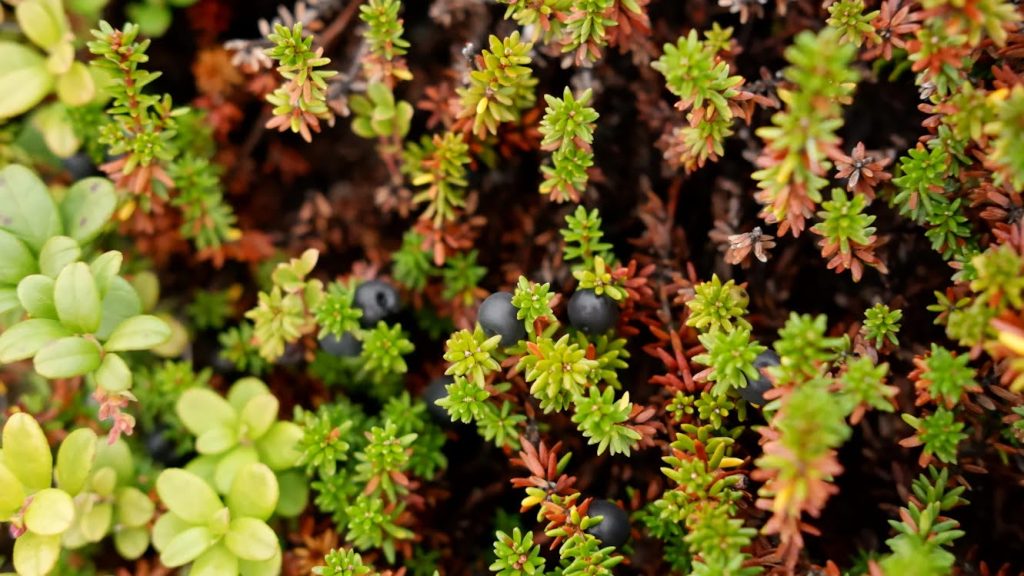
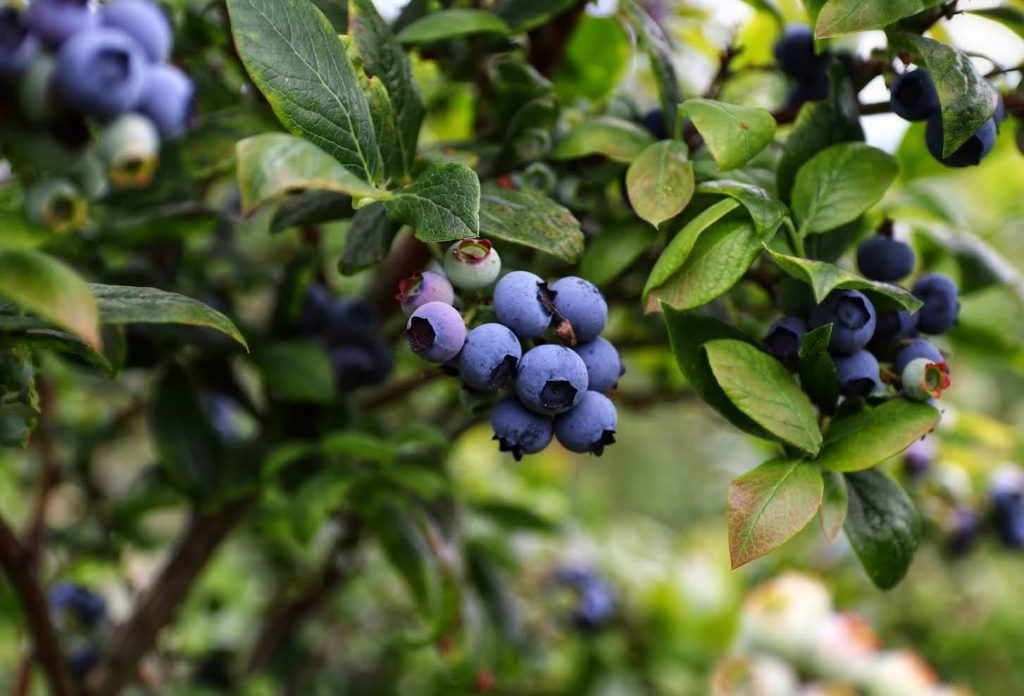

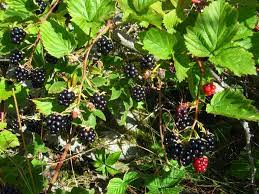
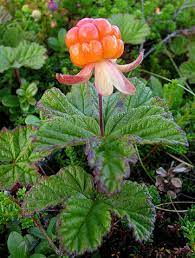
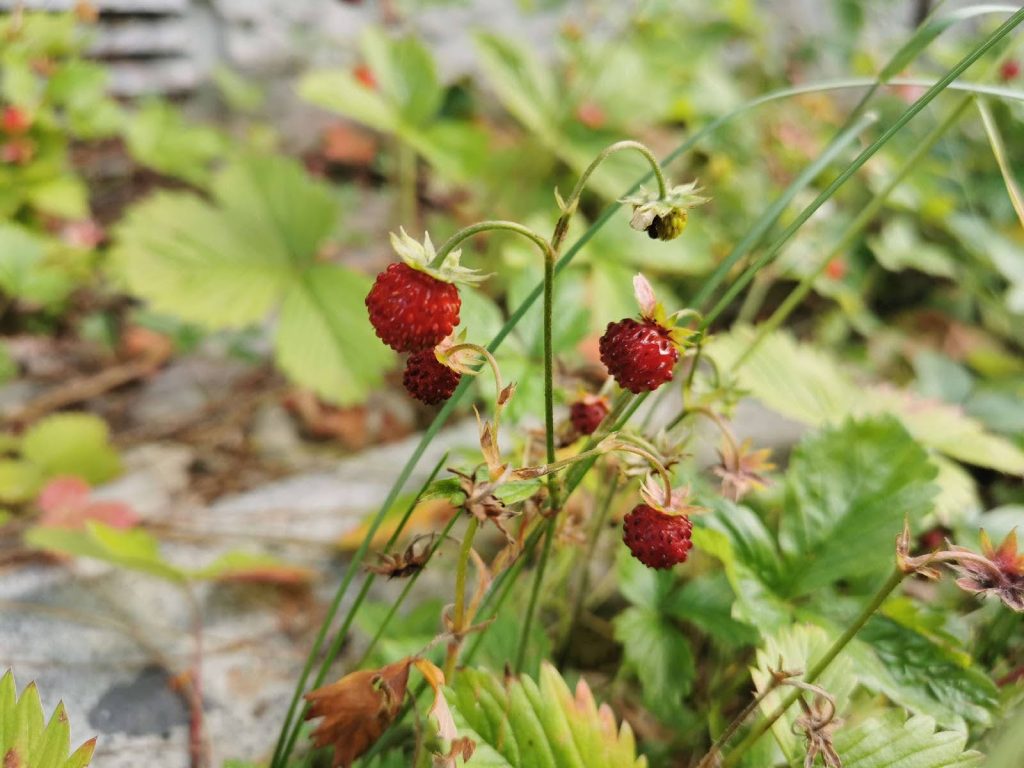
Snow and ice
In the mountainous regions of Norway, you can find areas covered in snow, even during summer. If they are small and in flat areas, they are usually safe to walk on. However, if they are on a slope or on top of a glacier, they can be dangerous and should not be walked on unless having the appropriate equipment and experience. In these regions, there is no danger of avalanches, but there is a serious danger of slippage. The surface below snow or an ice field is most likely rocks, slipping could result in serious consequences.
Paths walking on or near snow/ice fields will be risk-assessed appropriately. In any case, using good shoes, preferably with ankle support, can be a good idea!
Drinking water
Generally, you can drink Norwegian water anywhere, even in nature! Norwegian tap water is safe to drink and tastes very good. Most water in nature is also not only safe to drink but also fresh and delicious. If natural water is running and not stagnant, it has been cleaned, filtered and rinsed by rocks, sand and moss, as well as the UV rays from the sun.
However, you should be cautious in areas with a lot of agriculture, as it might release bacteria and viruses into the water. Further, water sources might be very dirty after heavy rainfall. If there are any risks, the municipality will inform us about it, and the path leader will inform you.
Interaction with locals
Generally Norwegians are known to be a little bit reserved -not in a rude manner, but just as a way to not be a bother to others. If approached, most Norwegians will be talkative and helpful. Especially those Norwegians who live in the mountains: they can be very positive and seek contact, and it is common to greet each other when passing by.
Services and communication
Large parts of Norway have good cell phone service. In addition to calling, the rescue services use a radio network called Nødnett, which covers almost 90% of the Norwegian mainland. It has a range of base stations, which are strategically located. Some mountainous areas are not covered, so paths in these areas will carry a satellite phone on the journey.
If you are interested, you can look up the Nødnett-coverage on this map.
Rescue services
In case of emergency: call 112!
The following information on rescue services in Norway was directly collected from: https://www.hovedredningssentralen.no/english/.
Norwegian rescue services are carried out through cooperation between government agencies, voluntary organisations and private companies with appropriate resources for such services. The Joint Rescue Coordination Centres have the overall operational responsibility during search and rescue operations. The operations are coordinated either directly from one of two Joint Rescue Coordination Centres which are situated in Bodø and Sola (near Stavanger), or through one of 13 rescue sub-centers.
How are the services notified?
If an incident happens, notification is given to the Joint Rescue Coordination Centres or the nearest police authority on the emergency telephone number 112. Notification of a missing person is given to the police.
Roverway Emergency Number
You can contact the Roverway Emergency number at all times. The number will be on your Roverway ID, as well as in the Roverway App.
Download the App “Hjelp 113”
We recommend all participants to download the app “Hjelp 113”.
It displays your coordinates and the location of the nearest defibrillator in Norway at all times. Furthermore, if you decide to call the emergency services, in case of emergency, the app will send your position to them. After downloading the app, you must activate it. Remember to go to your phone settings and allow the Hjelp 113 app to see your location even when not using the app.

Coordination of the rescue services
The official designation for immediate emergency services and rescue response is SAR (=search and rescue). There are rescue centres for land, sea or air operations which are highly efficient and will be there for us when needed.
Useful words in Norwegian
| English | Norwegian |
| Police | Politi |
| Ambulance | Ambulanse |
| Fire services | Brannbil |
| Hospital | Sykehus |
| Emergency | Nød / nødsituasjon |
| Help | Hjelp |
| Danger | Fare |
Military installations and facilities
There are some military bases in Norway. There are bunkers in some places, most are historical ruins while some are active but are in no way dangerous to people. The mine zones we have in Norway are in the water, but they expired years ago, and do not pose immediate threat or danger. The Paths are not travelling in areas where there could be remnants from past conflicts.




